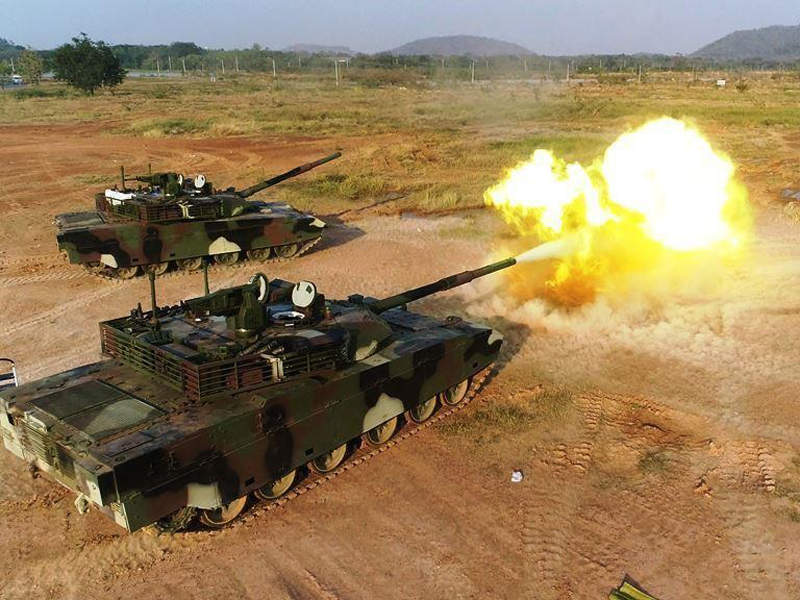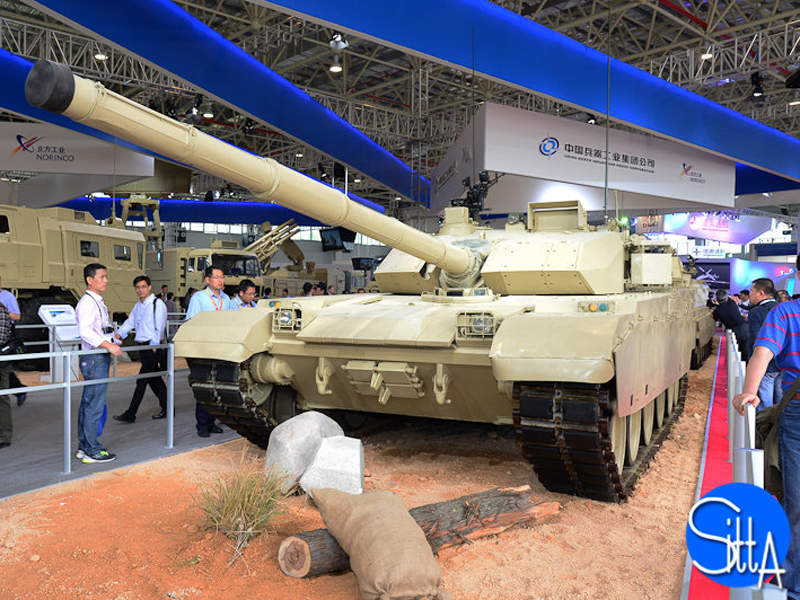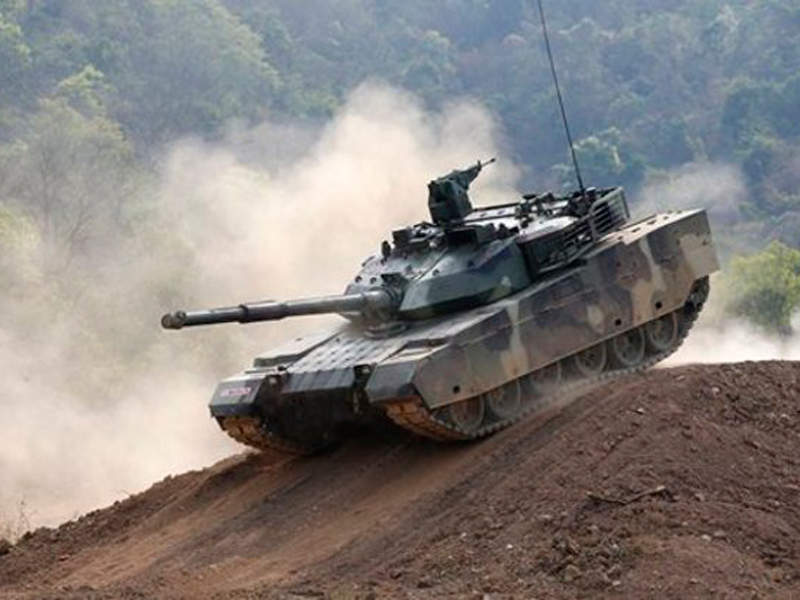The VT4 (formerly MBT-3000) main battle tank (MBT) is a third-generation MBT designed and developed by China North Industries Corporation (Norinco).
Intended primarily for export markets, the VT4 tank integrates advanced armour and fire control capabilities and offers increased firepower and protection to combat forces in the battlefield.
A scale model of the MBT-3000 was displayed at the Eurosatory 2012 defence exhibition in Paris, France, while an advanced version of the VT4 was unveiled at China International Aviation & Aerospace Exhibition 2014 in Zhuhai, China.
VT4 MBT orders and deliveries
Thailand plans to purchase a total of 49 VT4 MBTs from Norinco in three batches for use by the Royal Thai Army. The order for the first batch of 28 tanks was finalised in 2016. The vehicles were delivered in October 2017 and tested by the Royal Thai Army in January 2018.
A total of 26 vehicles are inducted into service with the 3rd Cavalry Division in Khon Kaen Province, while the remaining two are operational with the Royal Thai Army Cavalry Centre at Adisorn Military camp in Saraburi and the Army Armory Hall.
The Government of Thailand approved the purchase of the second batch of ten VT4 tanks in April 2017 took delivery in the same year. The Royal Thai Army announced plans to purchase the third batch of 14 VT4 tanks for THB2.3bn ($75.9m) in January 2019.
Pakistan selected the VT4 tanks for replacing its older MBTs in July 2019 and took delivery of two upgraded VT4 tanks in April 2020.
The Nigerian Army received VT4 main battle tanks from Norinco in April 2020.
VT4 main battle tank design details Based on tracked chassis, the hull of the VT4 MBT is of all-welded steel armour construction. The gross vehicle weight of the tank is approximately 52,000kg.
The tank is manned by three crew members including commander, driver and gunner. The driver’s seat is located in the centre of the forward hull with a single hatch. The commander is seated to the right of the turret, while the gunner is seated in the left side. A hull escape hatch is provided on each side.
The tank features an air-conditioning system, a fire extinguisher and an explosion suppression system.
Armament
The VT4 main battle tank is armed with a 125mm smoothbore cannon to engage armoured personnel carriers, main battle tanks, infantry forces, military installations, light vehicles, and low-flying helicopters.
The 125mm gun can fire armour-piercing fin-stabilised discarding-sabot (APFSDS) rounds, high-explosive anti-tank (HEAT) warhead, artillery and guided missiles. The maximum firing range of the anti-tank missiles is 5km.
A remotely operated 12.7mm anti-aircraft machine gun and a 7.62mm coaxial machine gun comprise the secondary armament.
VT4 self-protection features
The main battle tank is equipped with GL5 active protection system (APS), which integrates four fire control radars with a detection range of approximately 100m.
The roof-mounted APS offers a high level of protection against main battle tanks, armoured vehicles, anti-tank guided missiles, and anti-tank weapons.
The tank is also fitted with smoke grenade launchers and nuclear, biological and chemical (NBC) protection system to protect the occupants.
Fire control
The gunner and commander of the VT4 tank are provided with stabilised thermal imaging sights for identification and recognition of targets. The driver has three observation periscopes.
The vehicle’s fire control unit also comprises roof-mounted panoramic sights, a laser warning device, and a digital gun control system designed to support day and night operation.
A digital communications system is also installed in the vehicle to provide the commander with communication and control functions.
Engine and mobility of VT4 main battle tank
The VT4 main battle tank is powered by a rear-mounted 1,200hp turbocharged diesel engine coupled to a hydro-mechanical drive system.
The automatic transmission and torsion bar suspension systems provide increased mobility in off-road conditions.
The tank can attain a maximum speed of 70km/h on highways and a speed of 50km/h in cross country conditions, while the maximum range is 500km.
It can climb gradients of 30% and vertical obstacles of 1.2m.






